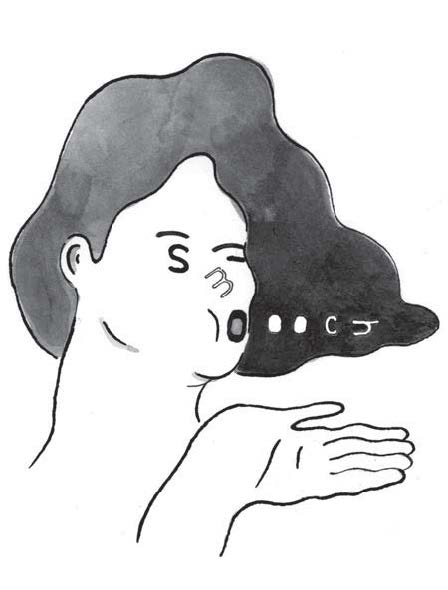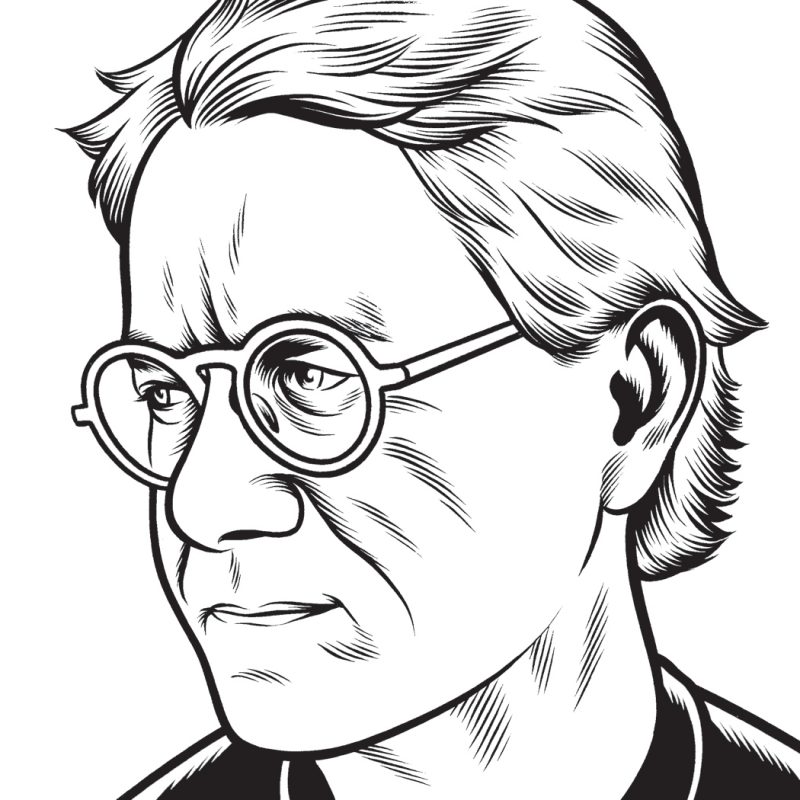
(1) Pearl Jam and Sleater-Kinney, “Rockin’ in the Free World,” Tampa, Florida, 2003 (YouTube). This is no all-star jam. This is rock ’n’ roll celebrating the human spirit, a good song, and itself. It’s two bands touring together, but now one band, six men, three women, Janet Weiss hammering stand-up percussion next to Jack Irons’s drums, Carrie Brownstein facing off with Stone Gossard, Mike McCready soloing joyously while Corin Tucker and Eddie Vedder throw verses back and forth as if each is the other’s all-time teen dream and they’re going to make this senior prom last forever, even if the Neil Young number they’re dancing to is really Carrie’s bucket of blood.
(2) Stanley Crouch, Kansas City Lightning: The Rise and Times of Charlie Parker (HarperCollins). There’s a moment in this stirring book when Crouch, homing in on the first Joe Louis–Max Schmeling fight, in 1936, links the three minutes of a prizefight round to the three minutes of one side of “a 78-rpm record, all a jazz band needed to make a complete musical statement.” It’s part of a plain and poetic argument about the effect of recording technology on both fighting and jazz. It’s part of a rewriting of the legacy of Jack Johnson, the first black heavyweight champion, and of how he “almost instigated an interior ethnic riot” when “he chose to go through Harlem bragging about how much money he’d won by betting on the German.” Page by page, the book is unpredictable before it’s anything else. It ends in 1940, with Parker taking his first steps in New York, still a teenager, but the sense of an odyssey completed, the wind of history at one man’s back as he begins to blow it out ahead of himself, is overwhelming.
(3) Rosanne Cash, The River and the Thread (Blue Note). A soul-music travelogue, taking in Memphis, Faulkner, Dockery Farms, the Civil War, Robert Johnson’s gravesite, Bobbie Gentry’s Tallahatchie Bridge, and Money, Mississippi, the town where Emmett Till was lynched and thrown into the river that runs under the bridge. You don’t have to hear any of that; the words don’t point to places on a map. What you hear is time passing.
(4) Rachel Harrison, Fake Titel (D.A.P.) An elegant catalogue for an exhibition (beginning in Hanover in 2013 and ending at the Museum of Contemporary Art in Gent this January 5) most notable for a series of unflinchingly rough 2011-12 colored-pencil portraits of Amy Winehouse—Winehouse as a Picasso model, or maybeuse. As Winehouse is juxtaposed with Picasso’s harlequins, his Gertrude Stein or his Cubist nudes; as she seems to be using her...
You have reached your article limit
Sign up for a digital subscription and continue reading all new issues, plus our entire archives, for just $1.50/month.
Already a subscriber? Sign in





